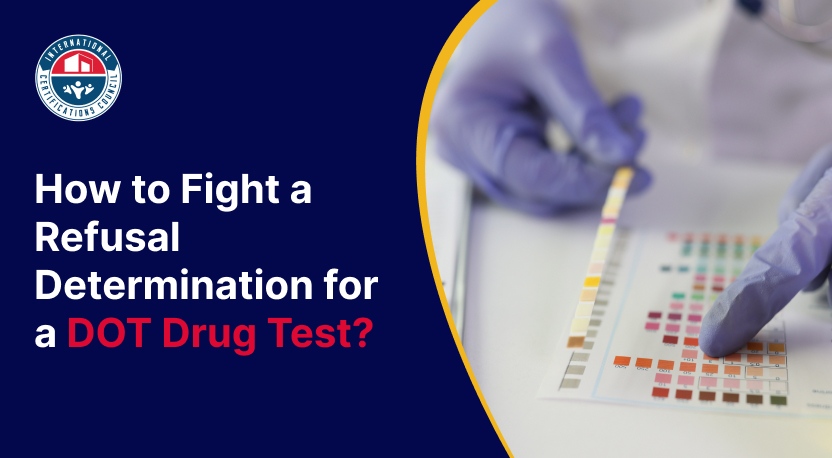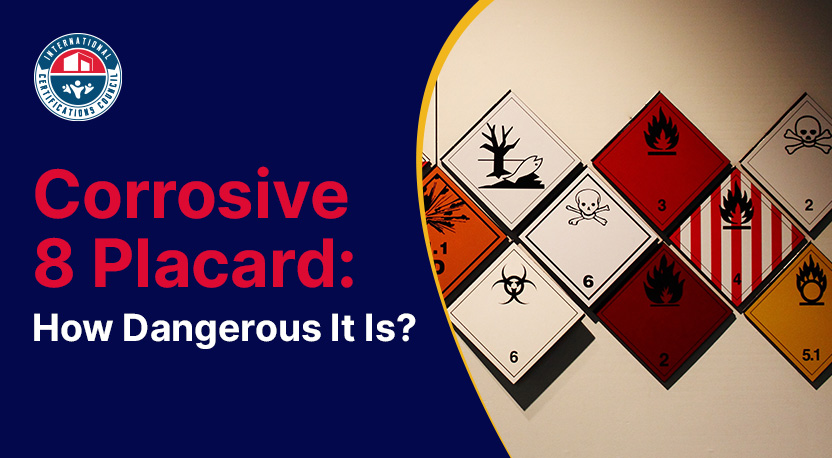- What the DOT physical covers
- Who needs to take it
- The basic health requirements
- How long your certificate lasts
- Why passing it powers your driving careerLet’s dive in and make sure you and your fleet stay safe and road-worthy.
What Is a DOT Physical?
Like DOT Hazmat training, A DOT physical is a comprehensive medical examination mandated by the U.S. Department of Transportation for certain drivers. Its purpose is to make sure you are physically, mentally, and emotionally fit to handle the demands of operating a commercial motor vehicle. During the exam, a certified medical examiner will check your overall health - from vision and hearing to heart health and more to verify you meet the medical standards set by the FMCSA. Who performs the exam? Not just any doctor can do a DOT physical - it must be performed by a certified medical examiner listed on the FMCSA’s National Registry. These professionals (who might be physicians, nurse practitioners, physician assistants, or chiropractors) have special training to understand DOT health standards.Who Needs a DOT Physical?
A DOT physical isn’t for casual Sunday drivers. You need one when your job involves either of the following:- Driving a heavy CMV. Any interstate truck or bus with a gross vehicle weight rating above 10,000 lbs (4,536 kg) triggers the requirement.
- Hauling passengers for pay. Shuttling a group of nine or more, or carrying 15+ people without charging.
- Transporting hazardous materials. If your load needs a placard, you also need a medical card.
DOT Physical Requirements: What the Exam Covers
So, what exactly happens during a DOT physical, and what are the requirements you must meet? It covers several health categories to ensure you can safely handle the road. Here’s what you can expect when you go in for your exam:- Vision Check: You’ll read an eye chart for each eye. You need 20/40 vision and at least 70 degrees of peripheral view per side with or without corrective lenses. Bring your glasses or contacts; corrected counts.
- Hearing Check: You’ll undergo a quick hearing test – often the “forced whisper” test. The examiner stands about 5 feet away and asks if you can hear a whispered phrase or numbers. You pass if you can hear a faint whisper at that distance in at least one ear (using a hearing aid is okay). This roughly checks that you don’t have a hearing loss greater than 40 decibels in your better ear.
- Blood Pressure and Pulse: The medical examiner will take your blood pressure and pulse to check your heart rate and for hypertension (high blood pressure). There isn’t a single blood pressure cutoff that outright “fails” you on the spot, but generally, your blood pressure should be under 140/90 to be certified for the full 2-year period. If it’s higher or if you have diagnosed hypertension, you might get a shorter certification (often one year) while you manage it. Extremely high readings (like 180/110 or above) could be disqualifying until brought under control.
- Urine Test: A quick dip-stick sample looks for sugar, protein, or blood - early flags for diabetes or kidney issues. The 2024 Medical Examiner’s Handbook reminds examiners to request extra documentation if you use insulin or have an unmanaged condition.
- General Physical Exam: The examiner will perform a head-to-toe check of your body. This includes examining your eyes, ears, mouth and throat, heart, lungs, abdomen, limbs, spine, and nervous system. For example, they’ll check if you have any hernias. They’ll check your spine and joints for mobility – you need to be able to turn the wheel, press pedals, and do truck inspections.
- Sleep Apnea Screening: Sleep apnea matters because it can make you dangerously sleepy at the wheel. At your DOT physical, the examiner looks for warning signs. They ask you if you snore loudly, feel worn out during the day, wake with headaches, or if someone has noticed you stop breathing while asleep. They also measure things like neck size and weight. If any of these red flags pop up, the doctor may send you for a sleep study or ask for records from your own physician. That way, you get treated early and you stay safe on the road.
What Is a DOT Medical Card?
When you pass, the examiner gives you a Medical Examiner’s Certificate, often called a DOT medical card. It’s proof you’re safe to drive. While FMCSA now lets many states verify your status electronically, carrying the card (or at least a digital copy) can still smooth surprise roadside checks. Lose the card or let it expire, and your commercial driver’s license (CDL) can be downgraded to a regular license. Worse, your company could pull you off the schedule until you fix it. Keeping track of that expiration date isn’t just red tape, it’s job security.How Long Does a DOT Physical Last?
The default certificate lasts 24 months. Healthy drivers get the full two-year window every time. However, any condition that warrants closer monitoring - high blood pressure, controlled diabetes, post-surgery recovery - lets the examiner shorten that window to 3, 6, or 12 months. States are also pushing the process online. Texas, for instance, will require examiners to upload results directly to FMCSA’s database after June 23, 2025, eliminating paper lag.Final Thoughts
That’s a wrap on the DOT Physical. This exam isn’t just a box to tick. It proves you’re fit to drive safely. New to driving or a road veteran, your health fuels your career. If your exam date is coming up, book it now. Show up prepared, pass with confidence, and get back on the highway. Remember, caring for your health boosts every part of your life. So, stay healthy, stay compliant, and keep those wheels turning!More Useful Links:
DOT Supervisor Training






